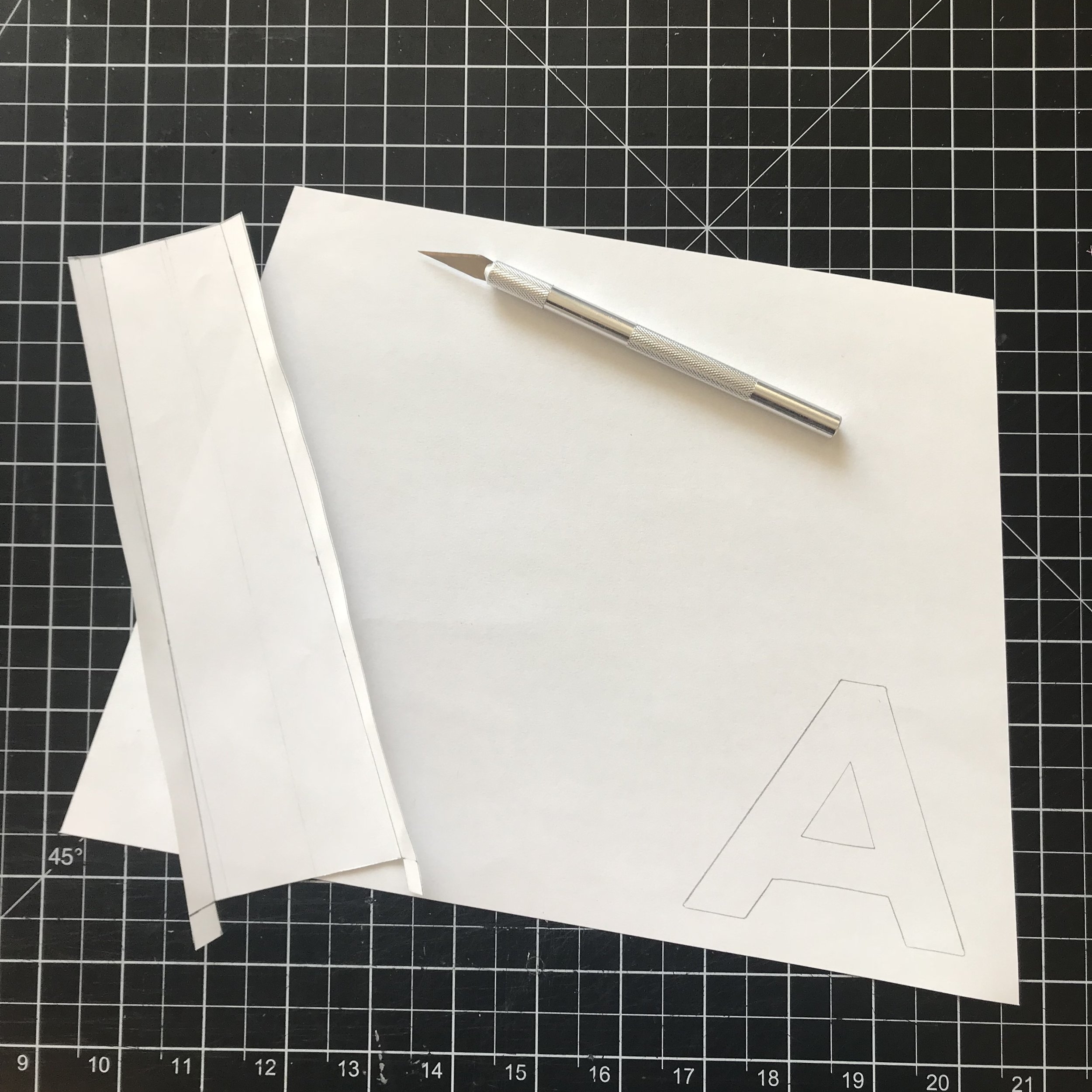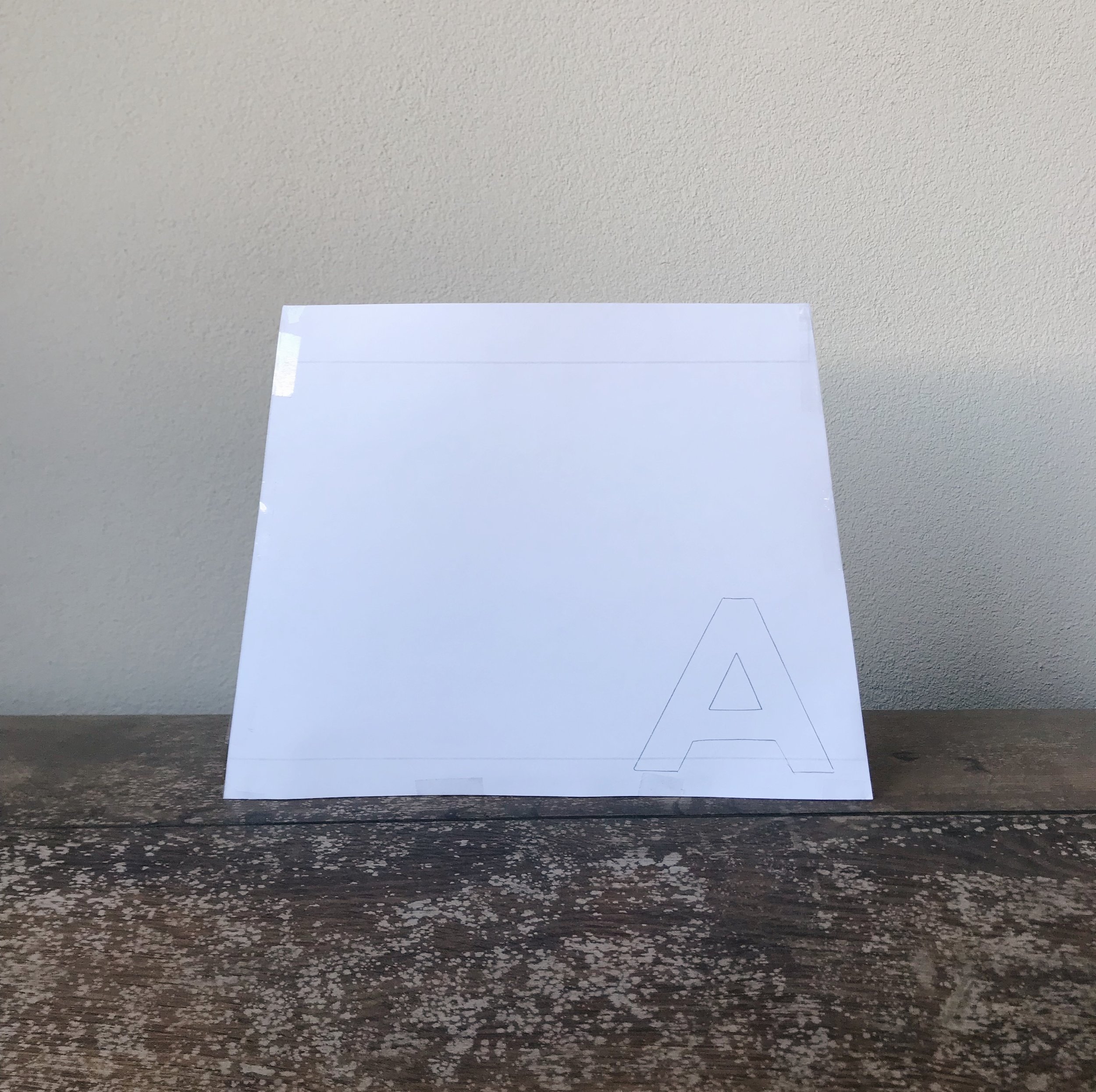Why prototype?
Working with leather can be tricky. It's a very valuable good and I am very aware of the fact that I am working with animal skin. Trying to avoid wasting leather, prototyping with other materials is key. Furthermore making a prototype out of paper or fabric is way faster than the real deal. You can easily play around with your ideas and the pattern without wasting any of that precious material.
How I prototype
When designing a new handbag I mostly start with an initial idea or inspiration. It can be just a shape I would want to try, a texture or a specific kind of shoulder strap. After I finished sketching the idea, I think about measurements, what kinds of leather and other materials I want to use and write it all down in my beloved sketch book.
Sketch of a handbag design idea I had
Now pattern making begins. I either draw the pattern out by hand or I use any type of program that allows me to draw out shapes in cm. Here you can already take a step back, look at you idea and what you imagine the final product to look like, make some adjustments or discard the idea in case you feel it won't work out.
When the pattern is finished, I print, cut and glue it so I can take a look at what the final product will look like.
If and only if I like how the paper prototype turns out, I continue with the prototyping process. At this point, don't be afraid to not continue working on an idea if you don't like what you see. This is what prototyping is about. You have not wasted any of your good leather yet and you can always come back to the idea if you can't get it out of your head.
I liked what I saw, so I continued working on this idea I had. Cutting the pattern and sewing it all together to see, what my idea would look like as a finished product - the final leather prototype.
The final, finished prototype
Judging my work
Let's put it that way, the pattern worked - the design didn't. ; )
The final step of prototyping is evaluating the product you created. In this case, the pattern worked, the bag felt good, the size was fine but the design didn't work for me. Something just felt off and it disn't go with my esthetics. Even though I tried not to waste any leather I still produced a prototype I didn't like too much. That's ok though. Maybe somebody will like it and then the leather wasn't wasted after all.
The fun part
If the prototype turns out to be something you like the real fun begins: prototype testing. As a handbag designer that means that I get to carry around that bag I just created for several weeks before I decide if it suits all of my needs and if it will be added to the collection.
Prototype testing the "Out of the Box" bag
If I really fall in love with a design, like I did with the "Out of the Box" I carry it around for weeks and go back to it all the time. If that happens I know I did right on the prototyping and am ready to sell it to my customers. This way of prototype testing allows me to make sure that I stand behind what I created and that all the functional features perform as well as the design does on a daily basis. It also helps to test the quality of the seams under pressure and features like the length of a shoulder strap because those details might seem fine in the beginning but only after a few weeks of actually using the bag I can see if it all works out.
Prototype - Test - Repeat
If anything doesn't work out in the testing phase, I go back to the pattern, adjust it, make another prototype and test again.
Do you use prototyping in your job? Is there anything you're doing differently? Let me know, what your approach to this is! :D
- LOVE -
Aline






